Hostel Tommy (호스텔 토미)
9.2Km 2021-05-27
66, Donhwamun-ro, Jongno-gu, Seoul
+82-2-744-6844
Hostel Tommy is located in the Jongno district, right in the middle of Seoul. The location is within walking distance from some of the major tourist attractions such as Changdeokgung Palace, Samcheong-dong, Insa-dong, Cheonggyecheon Stream, Myeong-dong, and Dongdaemun Shopping Center. Jongno 3-ga Station (Seoul Subway Line 1, 3 & 5) and the Airport Bus Stop are also easily accessible from the hostel, making travel by public transportation convenient. The hostel provides free international calls and wireless internet access to guests. Friendly and helpful staff that speak English, French, or Japanese are always available to make sure guests have a comfortable stay. All rooms have a bathroom, mini-fridge, TV, towels, and a hair dryer. Toast, eggs, coffee, juice and jam are served for breakfast every morning.
Omokjip Cityhall(오목집 시청)
9.2Km 2020-10-30
38, Namdaemun-ro, 1-gil, Jung-gu, Seoul
+82-2-3789-6882
A pig's trotter(s) specialty restaurant located near City Hall Station in Seoul. This restaurant's signature menu is braised pigs'' feet. Jokbal (pig's trotter) is a representative food loved by Koreans.
Gyodae Icheungjip Sicheong (교대이층집 시청)
9.2Km 2020-10-30
2F, 38, Namdaemun-ro, 1-gil, Jung-gu, Seoul
+82-2-318-6882
A barbecue specialty restaurant located near City Hall Station in Seoul. A store famous for flower-shaped pork belly. The most famous menu is grilled pork belly.
Baan Khun Kwan (반쿤콴(B.K.K))
9.2Km 2021-04-12
20, Jong-ro 10-gil, Jongno-gu, Seoul
+82-2-725-1688
This restaurant is decorated in the 'Thai' style. The best menu at this restaurant is rice noodle soup with beef. This Thai (cuisine) restaurant is located in Jongno-gu, Seoul.
Masinneungimchijjim&Sundubu (맛있는김치찜&순두부)
9.2Km 2021-03-20
31, Ujeongguk-ro, 2-gil, Jongno-gu, Seoul
+82-2-722-1095
Selling spicy soups, it’s a good place to visit after visiting Cheonggyecheon. This Korean dishes restaurant is located in Jongno-gu, Seoul. The most famous menu is pork and kimchi stew.
Quartier Ikseon-dong (익선동)
9.2Km 2023-01-16
Ikseon-dong, Jongno-gu, Séoul
Le quartier Ikseon-dong, dont les ruelles et les hanoks créent un ensemble harmonieux unique et plein de charme, est en train de devenir une destination prisée des touristes de tous âges. Il s'agit également d'un quartier dont le but est de favoriser les échanger entre les jeunes et les personnes âgées.
Samseong Bbalgan Yangnyeom Sutbulgui (삼성 빨간양념 숯불구이)
9.3Km 2020-06-16
37, Namdaemun-ro 1-gil, Jung-gu, Seoul
+82-2-752-6449
Samseong Bbalgan Yangnyeomg has been famous for its charcoal-grilled dishes since 1972, and is especially well known for its spicy seasoning made from powdered red pepper, garlic, and ginger. Pork is mixed with the seasoning, giving it the characteristic red color and unique flavor, and then grilled over hot coals. This is the perfect restaurant for spicy food-lovers or those looking for a challenge.
Other dishes include jumulleok (marinated pork) and donggeurangttaeng (batter-fried meatballs). Jumulleok is made by seasoning fresh meat, whereas donggeurangttaeng is made by cutting the frozen meat into small pieces, and then marinating it. Older adults usually prefer jumulleok, while the young prefer donggeurangttaeng.
Nampo Myeonok (남포면옥)
9.3Km 2021-03-26
24, Eulji-ro 3-gil, Jung-gu, Seoul
+82-2-777-3131
It has been 40 years since this restaurant opened its doors under the name Nampo Myeonok (남포면옥) and became one of the traditional restaurants as designated by the Seoul City Government. Thin strips of beef and vegetables, cold noodles, and dumpling soup in Pyeongan-do style with little white radish kimchi are said to be the best dishes of Nampo Myeonok. As old as this restaurant is, the taste of the food is very rich and keeps a steady stream of satisfied customers.
*Best Korean Restaurant as designated by The Seoul Metropolitan Government
Kongnamul Jangsu (콩나물장수)
9.3Km 2021-03-18
94, Dongsung-gil, Jongno-gu, Seoul
+82-2-763-7999
This is a Korean cuisine located in Daehak-ro, Seoul. The best menu at this restaurant is stir-fried bean sprouts and pork. Kongbul (bulgogi with bean sprouts) is a spicy dish of fried pork with bean sprouts.
Hwangudan (환구단)
9.3Km 2020-05-07
112, Sogong-ro, Jung-gu, Seoul
+82-2-3396-5842
Hwangudan est un
rituel connu aussi sous les noms de Jecheondan ou Hwandan. Ce rituel en l’hommage
des cieux tire son origine du confucianisme. La première pratique a eu lieu le
premier mois de l’an 2 du règne du roi de Goryeo Seongjong (983), et après
plusieurs abolition et remise en pratique, ce rite prit fin définitivement au début
de l’ère Joseon. Durant l’an 2 du règne de Sejo (1456), cette cérémonie fut
momentanément remise en pratique mais prit fin en 1457. La dernière pratique de
ce rituel pendant l’ère Joseon a été en 1464. La prochaine pratique eut lieu en
1897, an 34 du règne de Gojong, année ou ce dernier se donna le titre d’empereur
et la péninsule devint aussi l’Empire de Corée. Actuellement ce qu’il reste de
l’autel de Hwangudan est le Hwanggungwoo et 3 figures en plâtre. Hwanggungwoo a
été finalisé 2 an après la construction de l’autel Hwangudan soit en 1899. A côté
de Hwanggungwoo se trouvent ces 3 figures en plâtre symbolisant un instrument
de musique utilisé lors du rituel. Maintenant, la grande partie de l’autel Hwangudan
se trouve à l’hôtel Joseon et le pavillon Hwanggungwoo se trouve dans le jardin
Nambukbyeon.

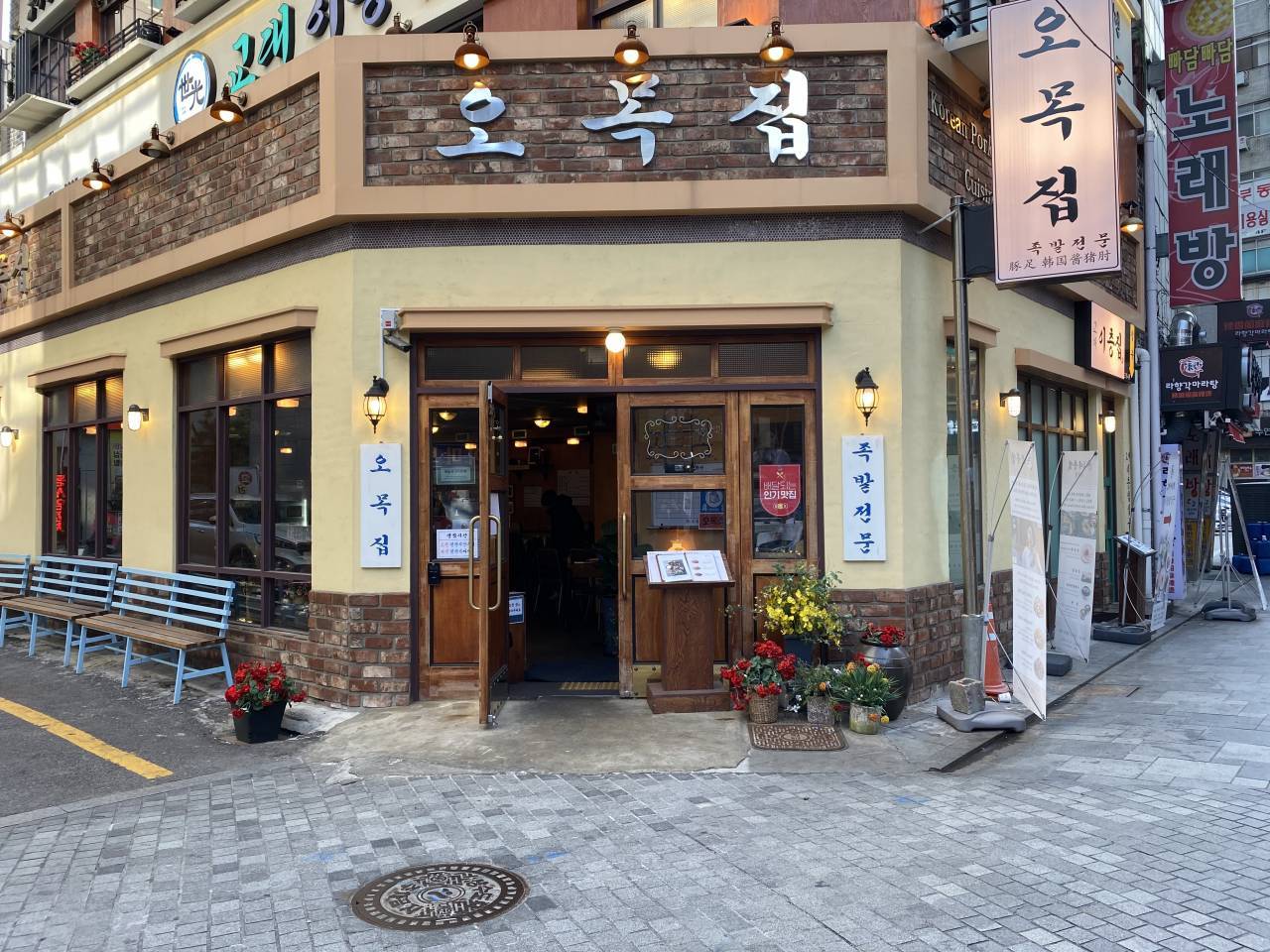
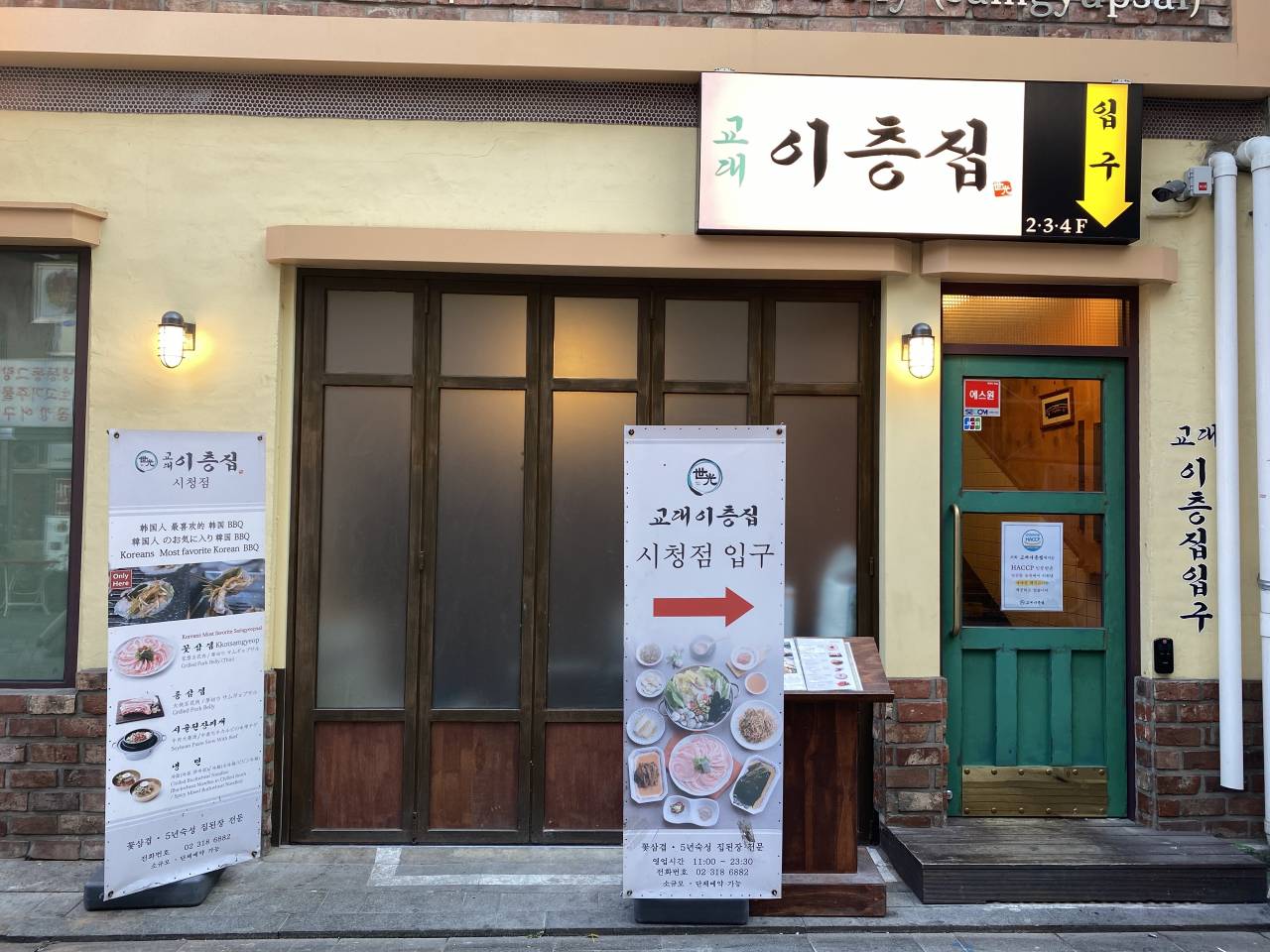
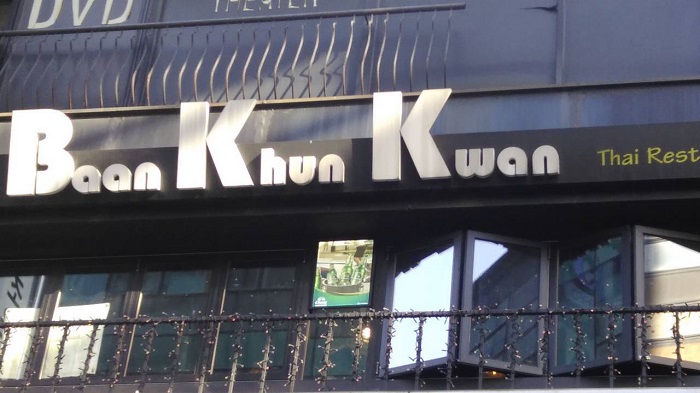
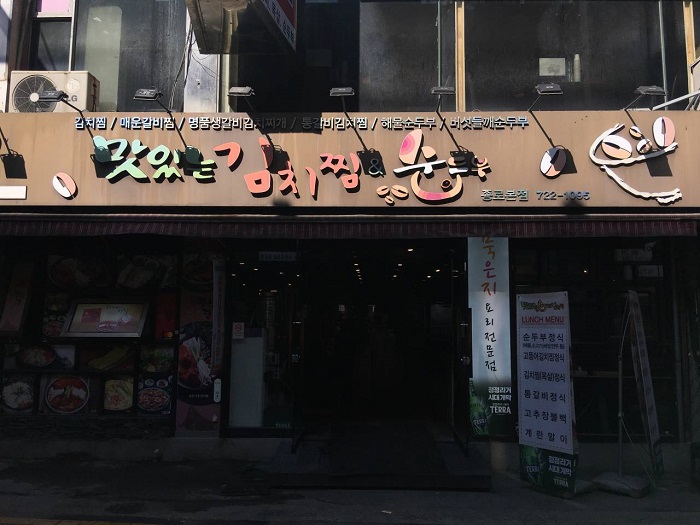
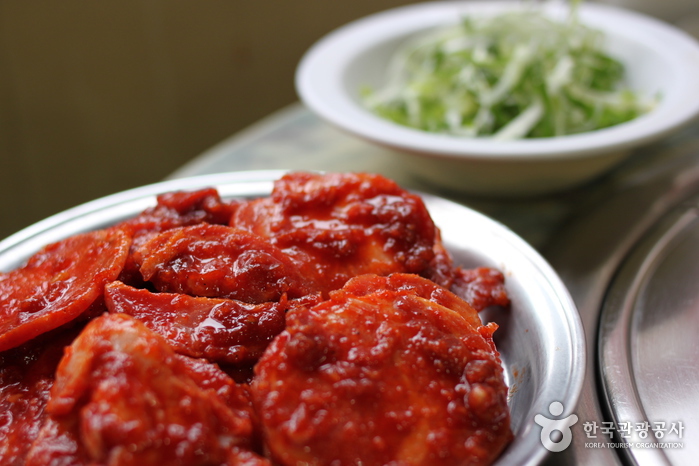
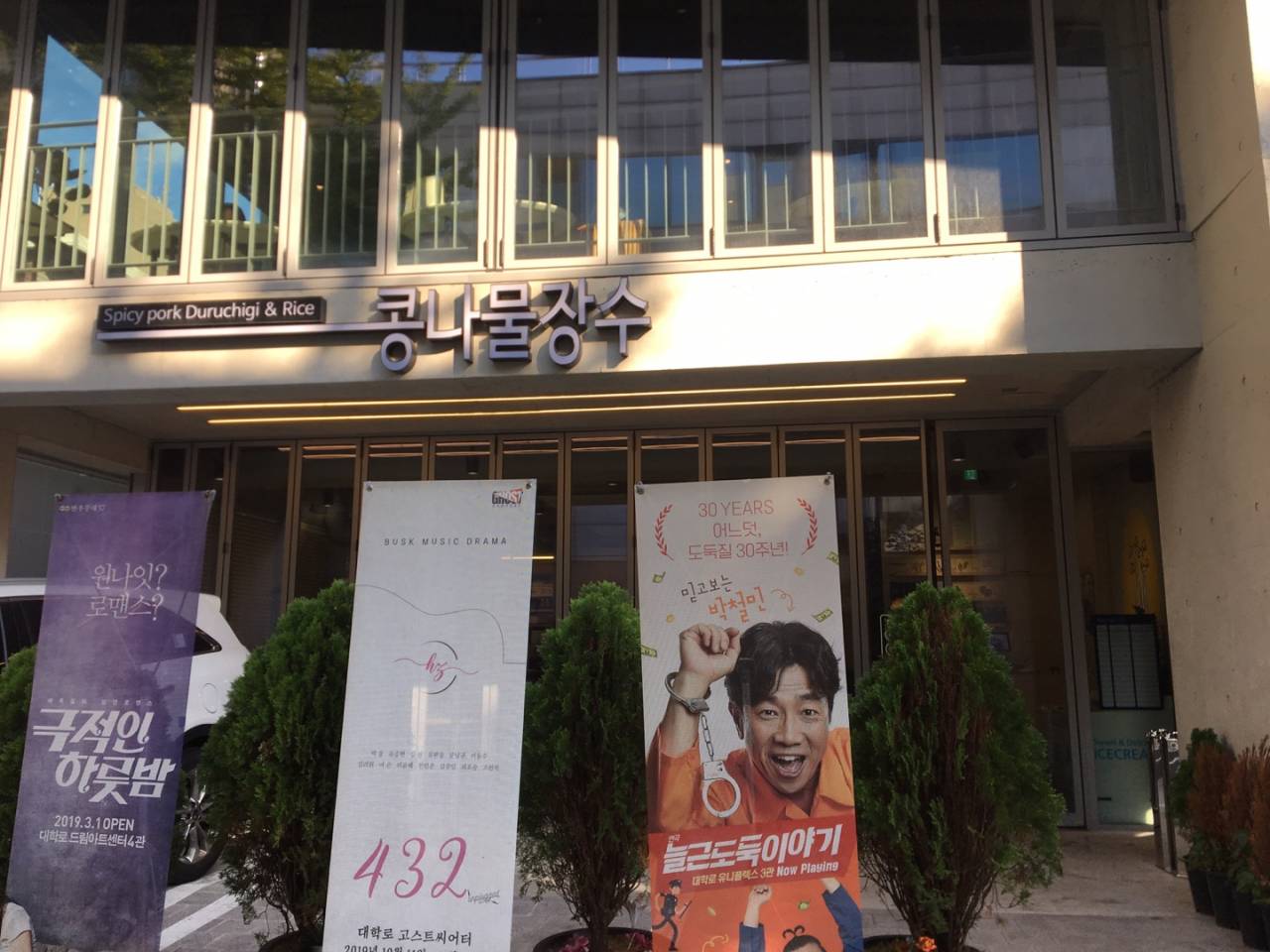
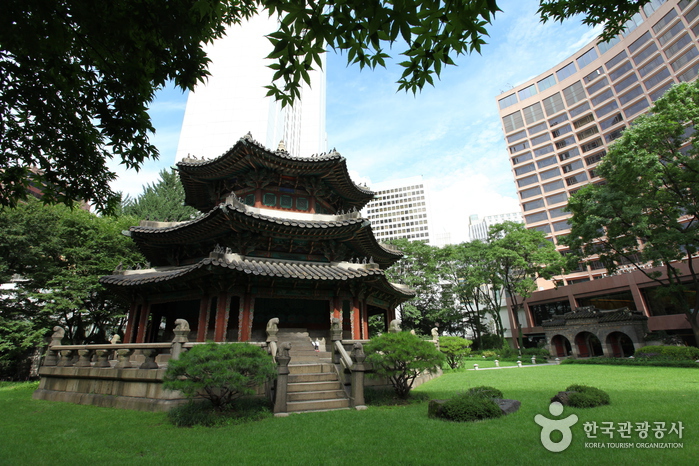
 Français
Français
 한국어
한국어 English
English 日本語
日本語 中文(简体)
中文(简体) Deutsch
Deutsch Español
Español Русский
Русский